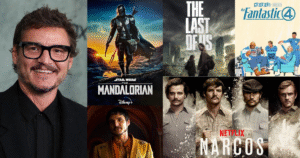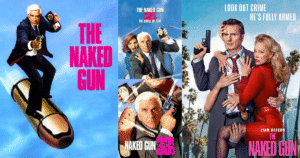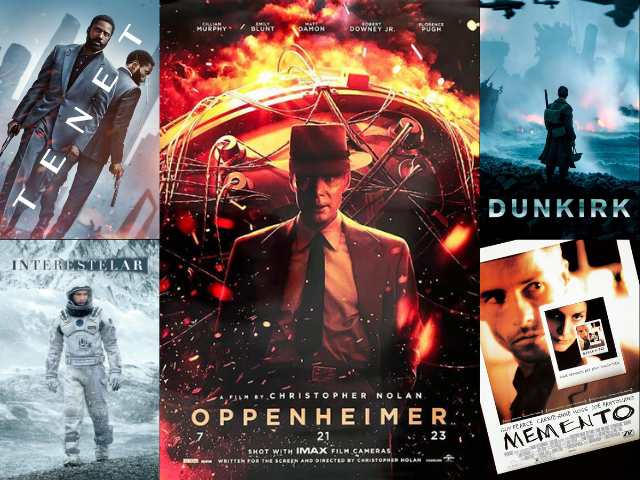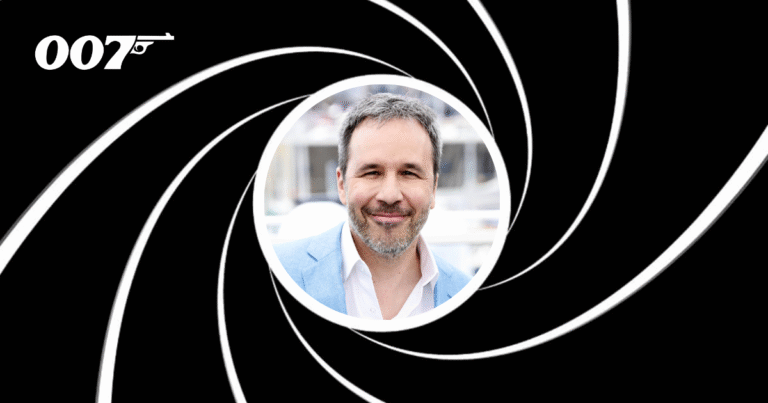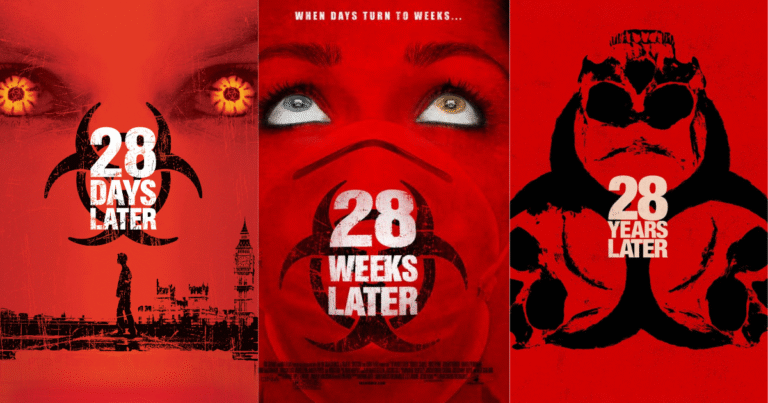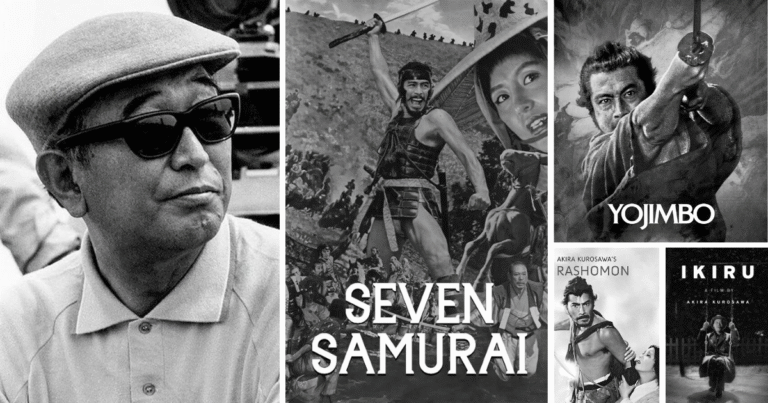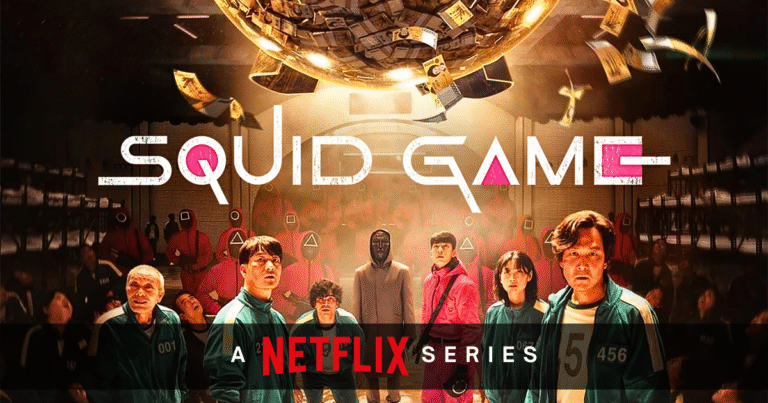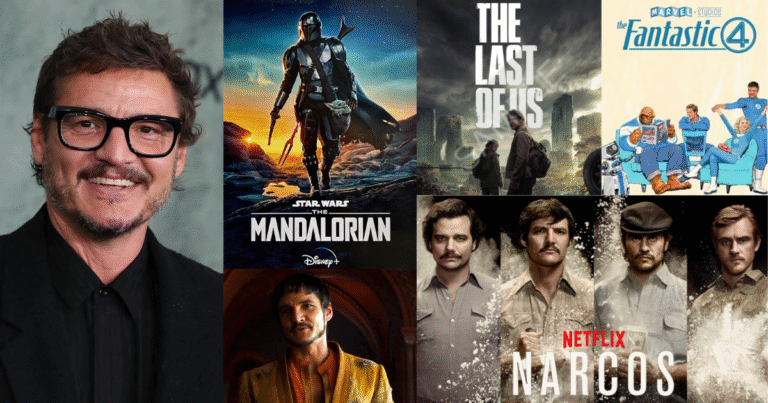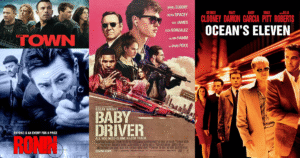Christopher Nolan is one of the most famous directors in the world today. Known for his smart, stylish, and thought-provoking films, Nolan often uses one theme more than any other, time. Whether it’s moving forward, backward, or standing still, time plays a huge role in almost every movie he makes.
But why is Nolan so interested in time? And how does he use it in his stories without confusing the audience completely? In this article, we’ll explore how Nolan treats time across his films and why that keeps movie lovers coming back for more.
Why Time Matters So Much to Nolan
Nolan has talked in many interviews about how time fascinates him. He says it’s something we all understand and feel every day, but we can’t really control or even fully explain it. This interest shows up in his stories, where time is not just part of the plot but almost a character itself.
From how time moves to how people experience it emotionally, Nolan likes to twist the rules of time to create fresh, exciting stories.
Let’s look at how he plays with time in his most popular films.
Memento (2000)
This was Nolan’s breakout film, and it’s one of the clearest examples of how he plays with time.
What’s it about?
A man named Leonard has short-term memory loss. He’s trying to solve the mystery of who killed his wife, but he can’t remember anything for more than a few minutes.
How time is used:
Nolan tells the story in two directions, one storyline goes forward in time, while the other moves backward. Eventually, the two timelines meet in the middle. This unique storytelling technique helps the viewer feel as confused and lost as the main character. We discover things as he does.
This approach makes the movie feel like a puzzle. The way Nolan uses time here makes the story more emotional and helps us connect to Leonard’s struggle.
Inception (2010)
In Inception, Nolan takes time manipulation to a whole new level.
What’s it about?
A team of skilled people enter dreams to plant an idea in someone’s mind. These dream levels go deeper and deeper.
How time is used:
In the movie, time moves slower in dreams than it does in the real world. And the deeper you go into a dream within a dream, the slower time moves. So what feels like hours in the dream might only be minutes in real life.
Nolan uses this idea to build tension and create dramatic scenes where everything depends on perfect timing. The famous hallway fight scene and the final snow base sequence are perfect examples.
This clever use of time also ties into the emotions of the characters, especially Dom Cobb (played by Leonardo DiCaprio), who is haunted by memories of his wife.
Interstellar (2014)
This sci-fi epic dives deep into the science of time.
What’s it about?
A team of astronauts travel through a wormhole in search of a new home for humanity as Earth becomes unlivable.
How time is used:
Nolan works with real scientific ideas here, like time dilation. On one planet close to a black hole, every hour equals seven years on Earth. This creates a heartbreaking situation where the hero, Cooper, returns to find that his daughter is older than he is.
The emotional weight of time, what we lose when we’re away from loved ones, is powerful here. It’s not just a science trick; it’s a deep emotional punch.
Dunkirk (2017)
This war film takes a more grounded but still creative approach to time.
What’s it about?
It tells the true story of the Dunkirk evacuation during World War II from three perspectives: land, sea, and air.
How time is used:
Each perspective covers a different amount of time. The land story happens over one week, the sea over one day, and the air over one hour. But Nolan weaves them together so they all build toward the same final moment.
It’s a smart way of telling a large, complex story without losing the audience. The ticking clock in the background also adds a feeling of urgency throughout the film.
Tenet (2020)
Possibly Nolan’s most complex movie when it comes to time.
What’s it about?
A secret agent learns about “inverted” time, a technology that allows objects and people to move backward through time.
How time is used:
The film explores the idea of time moving in two directions at once. People can travel forward and backward at the same time. Entire fight scenes happen with one person moving in reverse, while the other moves forward.
While it’s a tough movie to follow on first viewing, the idea of time as a battlefield is unique. Nolan once again pushes the boundaries of how time can work in cinema.
Oppenheimer (2023)
Although this is more of a historical drama, Nolan still plays with time in the structure of the story.
What’s it about?
It follows the life of J. Robert Oppenheimer, the man who helped build the atomic bomb.
How time is used:
Nolan uses multiple timelines and perspectives to tell the story. He shifts between color and black-and-white scenes, depending on who’s telling the story and when. This helps highlight how memory, truth, and time affect our understanding of big historical moments.
Even without time travel or dreams, Nolan finds a way to explore how time shapes our lives.
Final Thoughts: Why Nolan’s Time Tricks Work
Some directors use time in their movies as a gimmick, but with Nolan, it’s different. Time is never used just to look smart. It’s always connected to the emotions and struggles of the characters.
In Memento, it’s about memory and identity. In Interstellar, it’s about a father missing his children. In Inception, it’s about guilt and letting go. Even in Tenet, which is very technical, the personal choices of the characters drive the plot.
That’s why Nolan’s movies connect with people. He challenges our minds but also touches our hearts. He makes time feel like something we can all relate to, because we all live it every day.
If you’ve ever watched a Nolan film and felt confused but moved at the same time, that’s no accident. That’s exactly what he wants. And maybe that’s why his obsession with time makes his films stand out in a world full of simple stories.


